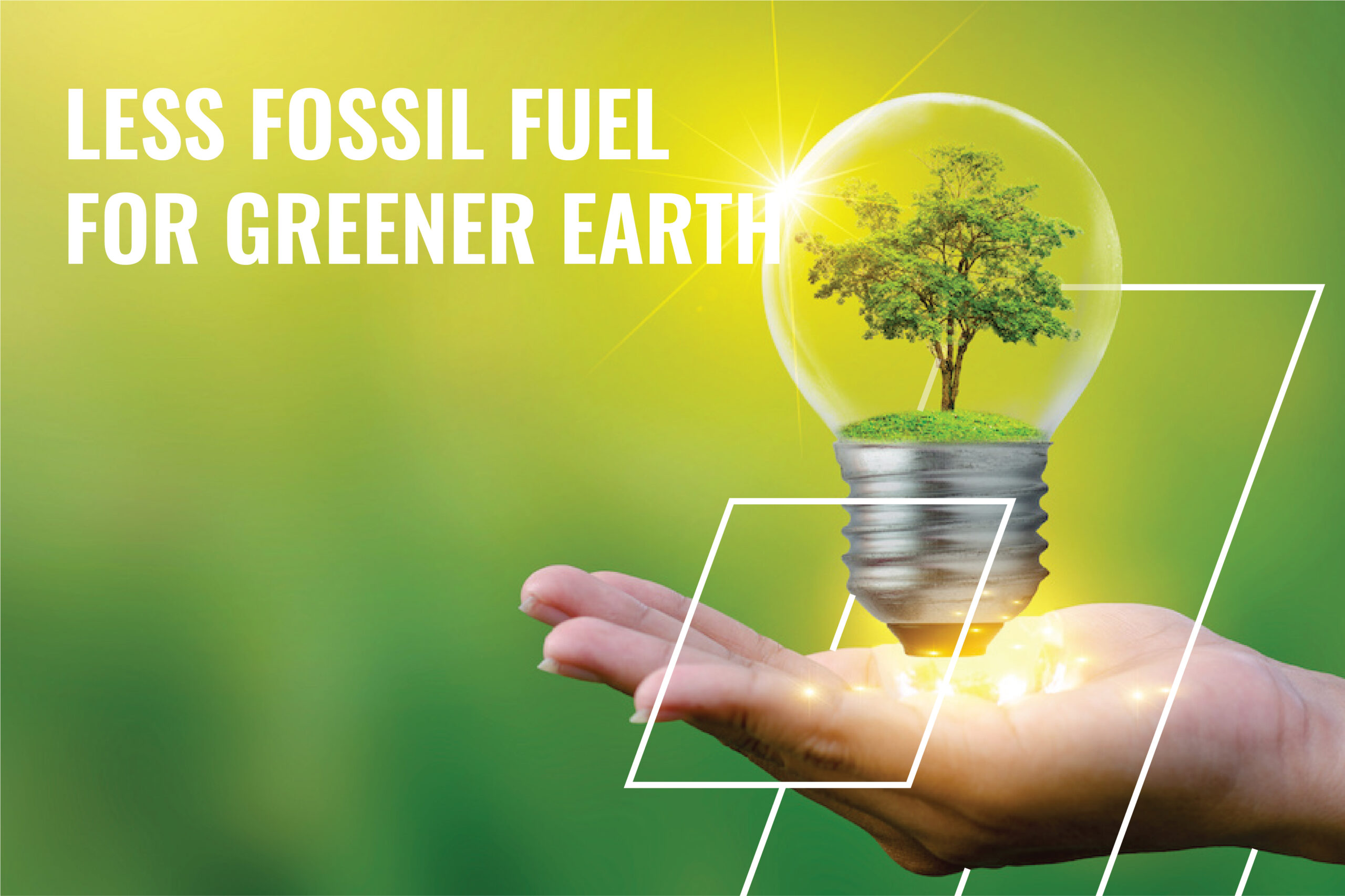

Everybody knows we are running out of fossil fuel. The valuable resource that has delivered us the modern age and fueled our progress to the 21st century are limited and not renewable in any means that we currently know of, and therefore limits our future if we rely on them. Scarcity isn’t the only problem with fossil fuel however. The bigger problem about fossil fuel is of course global warming. Nasa, the world’s foremost on global warming monitoring is recording a 3.3 mm rise of sea water per year, the amount of carbon dioxide in our atmosphere is at 416 parts per million, the highest ever in a thousand years. What brought these changes to our environment? The scientific community believes that it there’s a 95% probability that it is caused by human activities. The consequences of these changes are dire. The rise of sea water is caused by temperature rising that are melting the ice sheets in the artic, that means one day the places that are currently habitable might one day soon be under the sea.
All is not lost however. Various countries and communities are striving and working together to at least alleviate and slow down the global warming. Each day more and more we see initiatives being done that promotes more green energy. Some countries have even sworn off fossil fuel altogether. The european union is committed to be free of greenhouse emission by 2050, and right now Germany plans to shut off the last of its coal plant by 2038. The variety of green energy are also on the rise. Solar panels are reaching unprecedented efficiency of 22.6% using market grade products, and scientists are developing solar panels with 100% efficiency using quantum dots. But not only solar panels, a more effective, more efficient bladeless wind turbine is said have an output twice of its bladed counterpart.
One thing that is dangerous is that we don’t know our own contribution to global warming. When we picture global warming and its causes we may think of tall smokestacks puffing out thick black smoke. Even though that is not wrong, especially if you see the situation in China, however, little everyday things that we do contribute to problem as well. For instance, did you know that our personal fossil fueled cars contribute up to a fifth of all carbon emissions? And that’s only from using it daily, not counting the carbon emission that are the result of manufacturing the car, or the carbon emission that comes from the extraction of the fossil fuel itself.
That’s why we should be happy that electric vehicles are developing rapidly. Electric cars used to be a novelty, something we see on shows that depicts the future. But now we see electric cars and hybrids as the logical next thing. Toyota Prius is one the world most popular hybrid electric cars has sold more than 4 million units in 2018. The contending newcomer are of course Tesla, which changed the whole landscape of electric cars. Tesla has single handedly proven that electric cars are the future. All the drawbacks of previous electric car models such as low acceleration or low horse power were broken by Tesla. The way things are right now, the potentials of electric vehicles are just starting to be realised, and a greener earth could really use more electric vehicles.
All around the world the use of electric vehicles, including buggy cars are on the rise. As people become more environmentally conscious and using less and less fossil fuel and fossil fuelled vehicles, using buggy cars becomes the rational and logical choice. Some of the reason why buggy cars are preferable for people whose activities are limited to a small area is the economical considerations and the significant less hassle in their maintenance.
This is one of the reasons why MNP promotes their electric vehicles. Starting from 2014, MNP exclusively only ever promotes Club Car’s electric carts. There’s a commitment to sustainability that MNP upholds in conducting their business. Which is why MNP is proud to be partnered with hotels and resorts that cares so much about the sustainability of the environment, such as the Ritz, Bulgari, and St. Regis. Electric carts are much more reasonable option when it comes to transportation in a small area when compared to their fossil counterpart. Even though fossil fueled vehicles are still more efficient than pure electric ones, the difference is negligible in small area operations, while the advantages of cheaper energy, lower maintenance cost, and longer lifetime all makes it worth while.
Buggy cars are very easy to maintain since they have less moving parts than fueled cars. Buggy cars have less than 50 moving parts to a car’s more than 1,000. The only thing you need to pay attention to is the battery. Electric batteries in general have a lifespan based on their usage. That’s why its better to always fully charge your buggy cars so the battery doesn’t deteriorate. You might have to change your batteries one day and that might be costly, most electric carts, however, require a battery change every 3 to 4 years. When you do require a change, MNP always has a spare ready for you. MNP can even provide customers with products that are road ready, complete with wipers, turn signals, and headlights that enables it to go on main roads.
MNP itself is committed to doing its utmost for the environment. The Club Car’s electric carts are usable upwards to 15 years, and MNP has a services that enables customers to sell their used club carts. MNP also has a zero waste program where every scrap are reused and recycled. One of their programs is to donate used tires to the youth organisation around the MNP warehouses that will repurpose the tires into usable furniture and art. For used batteries MNP responsibly sends them back to the US where Club Car has a repurpose and disposal unit so the chemicals used in the battery does not harm the environment. Unfortunately Indonesia is still on the fence when it comes to electric vehicles and environmentally friendly initiatives. Currently electric vehicles still fall under the luxury item regulation and therefore there is little traction in their usage. The taxes imposed on electric carts also makes it expensive and limits distribution. There is hope for the future however, as other countries keep pushing for more utilization of electric vehicles Indonesia could one day follow suit.



